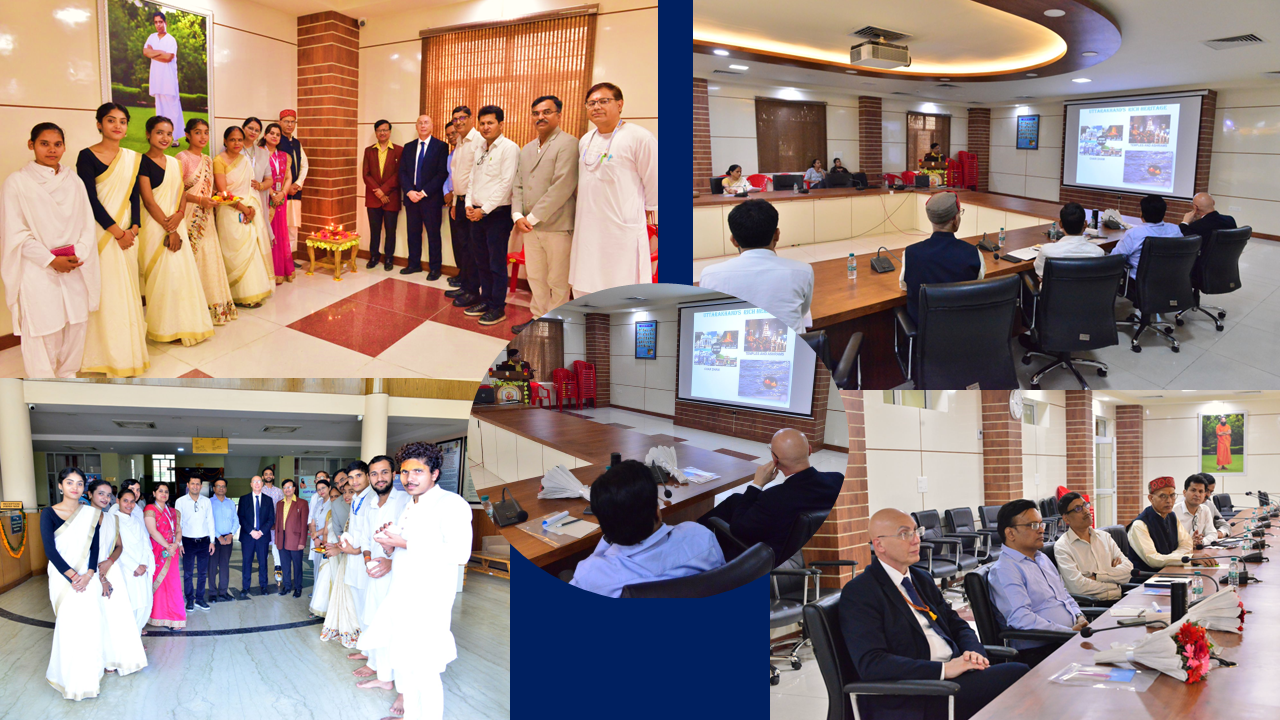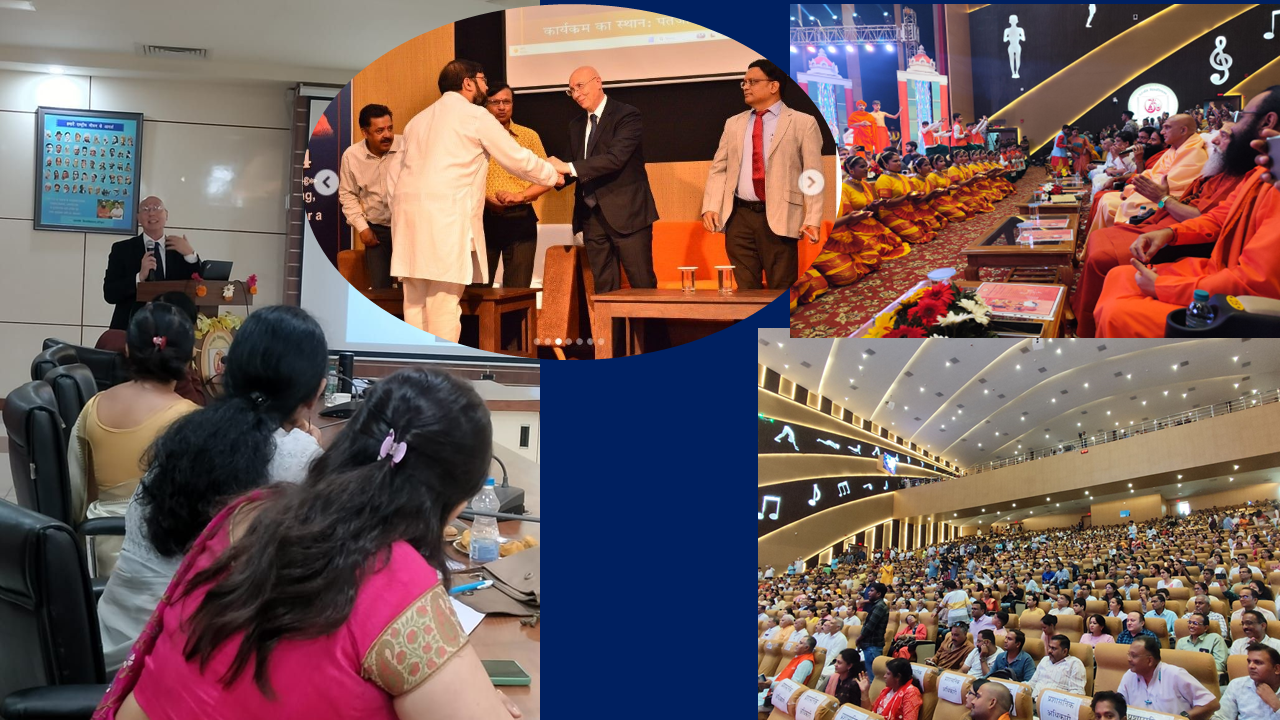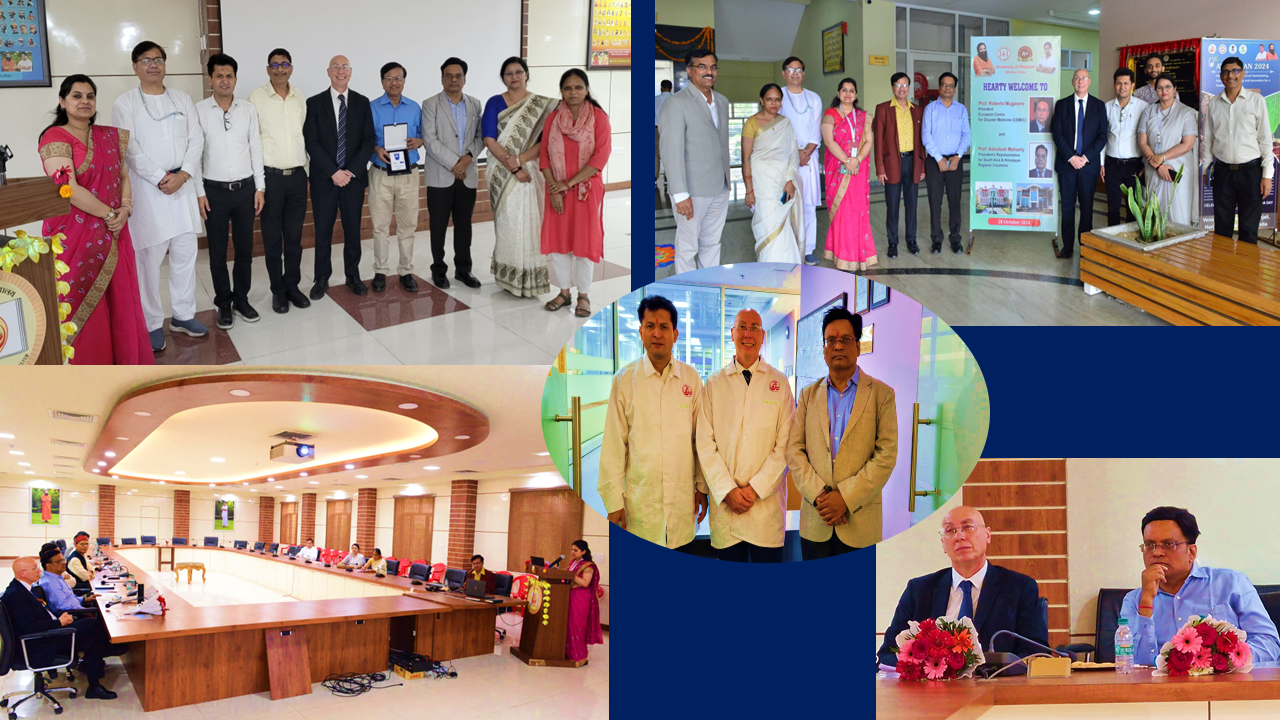Managing Disasters in Remote Areas: The Himalayan Case Study
India Uttarakhand 28-31 October 2024
The European Centre for Disaster Medicine recently joined as a guest speaker at the International Conference on “Harmonizing Traditions, Technology and Innovation for a Healthier Future” held in the Himalayan state of Uttarakhand, India.
The event provided a platform to discuss the unique challenges of managing disasters in remote regions like the Himalayas, where the terrain, limited accessibility, and cultural context require specific approaches.
Responding to emergencies in isolated locations involves significant logistical and operational challenges. The rugged topography and limited infrastructure make it difficult, in fact, to access affected communities quickly, delaying response efforts.
Additionally, cultural factors and the need for locally appropriate solutions further complicate disaster management, necessitating strategies that are adaptable, community-centred, and leverage local knowledge and resources.
In this regard, the meeting also highlighted the potential role of traditional medicine in disaster preparedness and response, particularly in remote settlements. These practices, deeply trusted by local populations, can offer culturally accepted solutions that complement modern emergency medical care, thereby increasing the resilience of affected populations.
During the conference, CEMEC had the opportunity to start a sound collaboration with local academic and research entities. This partnership aims to enhance the effectiveness of disaster management strategies in these remote regions, fostering an exchange of knowledge and practices that can lead to more resilient and well-prepared communities.
#DisasterManagement #RemoteAreas #TraditionalMedicine #CommunityResilience #HealthInnovation #GlobalHealth #SustainableSolutions #Collaboration #CEMEC




_


